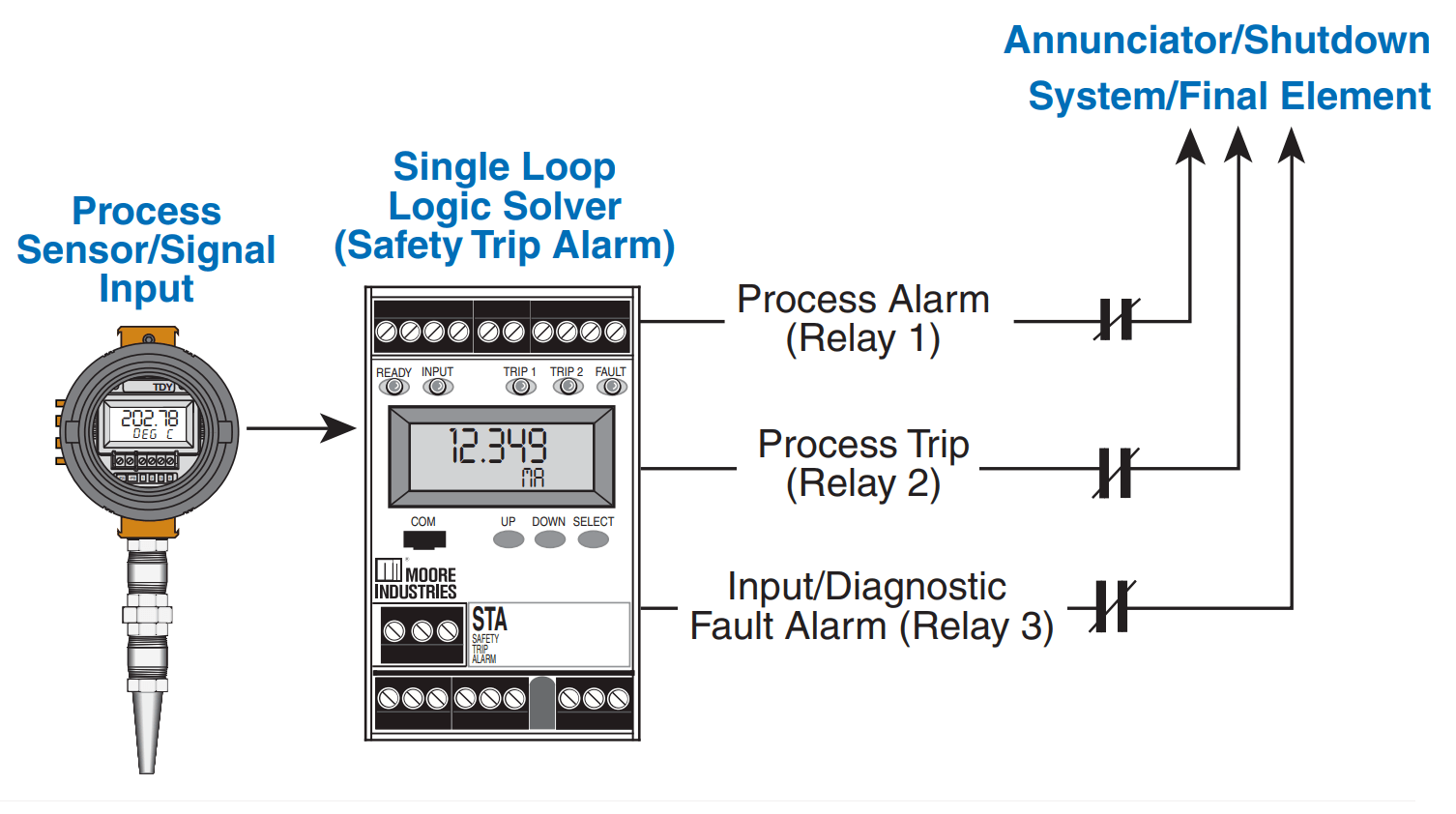Safety Instrumented System (SIS) Logics are built with safety interlocks considering multiple safe scenarios for protecting the equipment/plant. The functionality of such logics implemented either in the Basic Process Control System (BPCS) or Safety System (SIS) is very critical for the plant operations.
However, there may be a need to bypass an SIS or BPCS Independent Protection Layer (IPL) function for specific reasons such as startup, testing, or maintenance.
Again bypasses shall be counterchecked and removed for bringing back the equipment to operate in a safe manner. To manage this, there shall be a management system to ensure that a bypass is removed once the condition that required it has been satisfied.

Written procedures shall exist for any hardware or software that permits bypass of an SIS function.
For SIS, BPCS IPL safety functions, procedures to be made available to update, edit & Bypass (as and when required), and required System Access restrictions. The approach is applicable to all new installations, retrofits, and upgrade projects.
For BPCS protective function maximum time allowed for an instrument out of service should be minimized and be limited to 14 days.
Necessary Management of Change (MOC) policy ## must be followed so that safety will be assured by other technical or administrative controls and shall consider the availability/bypass condition of other protection layers for affected scenarios.
## Terminology may vary depending on the plant.
As part of the software, it requires access restrictions for operating bypasses around SIS components. However the implementation of “access restriction” is more stringent and requires “physical” restriction:
It is recommended that the bypassing must be “annunciated” visually or audibly.
To protect against inadvertent bypassing of the protective function: software, hardware, and/or written procedures to be used so that the act of bypassing is annunciated and access-restricted – Implementation of the Safety System Impairment Standard is recommended.
If “written procedures” are chosen as the method of preventing inadvertent bypassing, implementation of the practices to meet the intent of this requirement.
Background
What does it mean to “impair” a safety system?
Here are a few examples….
PLC ladder logic design to control 3 motors with toggle switch and explain the program…
VFD simulator download: Master the online tool from the Yaskawa V1000 & programming software for…
The conveyor sorting machine is widely used in the packing industries using the PLC program…
Learn the example of flip-flop PLC program for lamps application using the ladder logic to…
In this article, you will learn the STAR DELTA programming using PLC controller to start…
Lube oil consoles of rotary equipment packages in industrial process plants are usually equipped with…